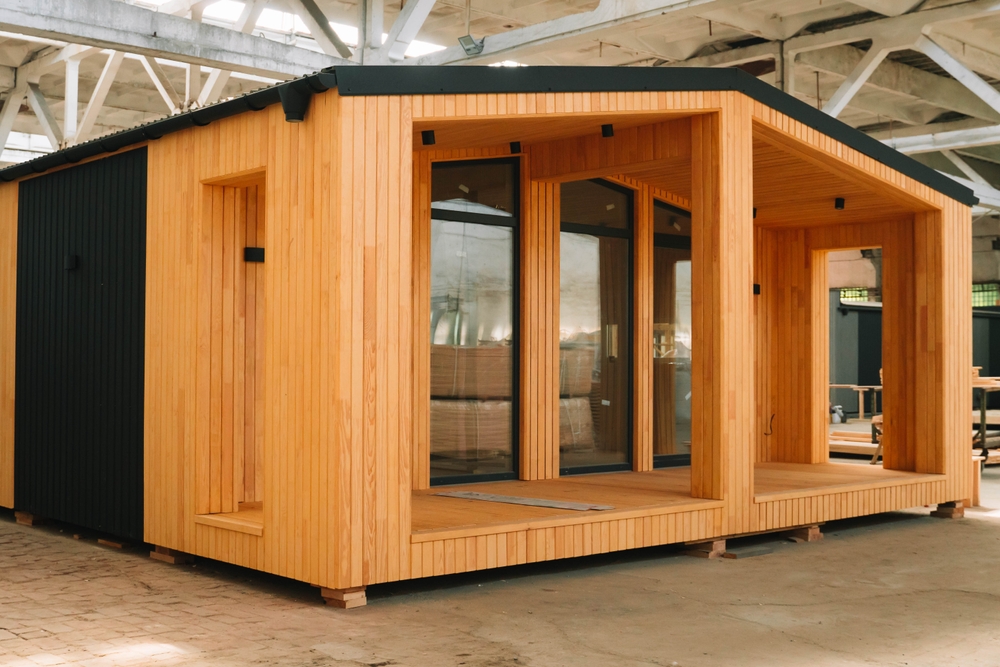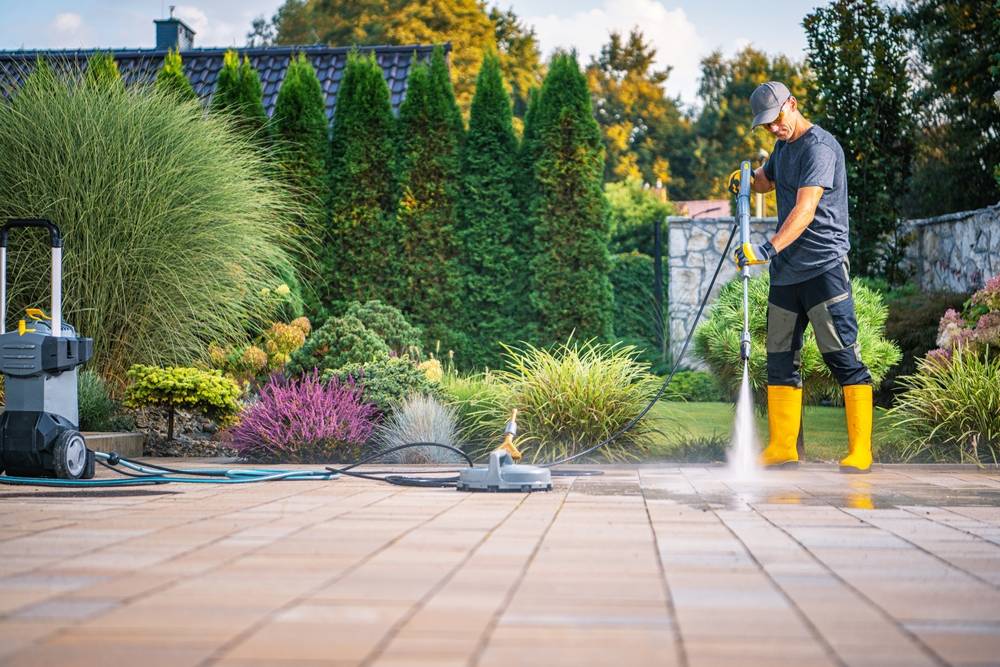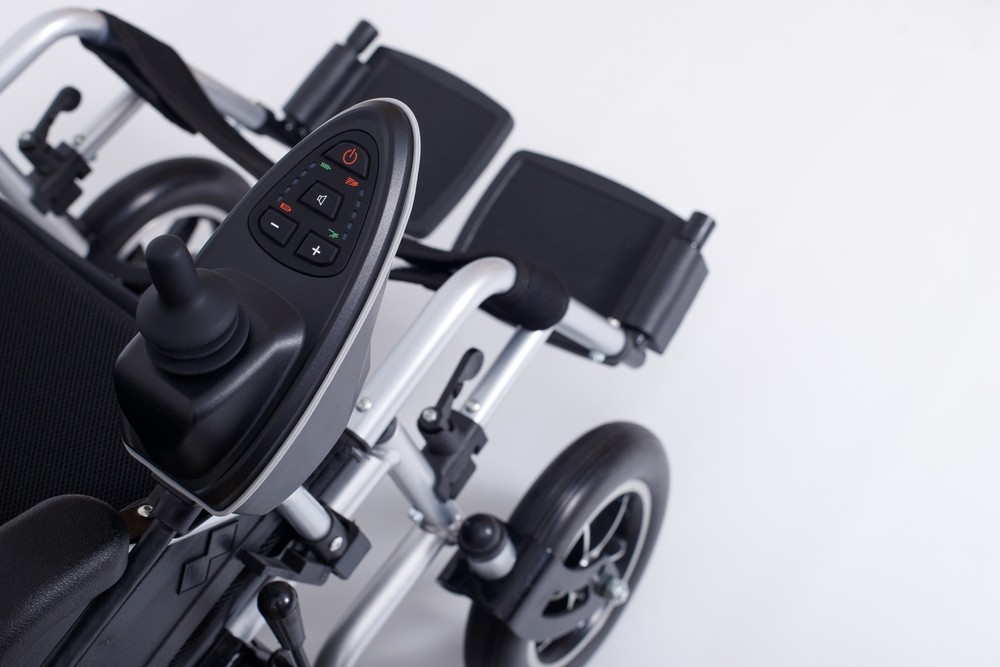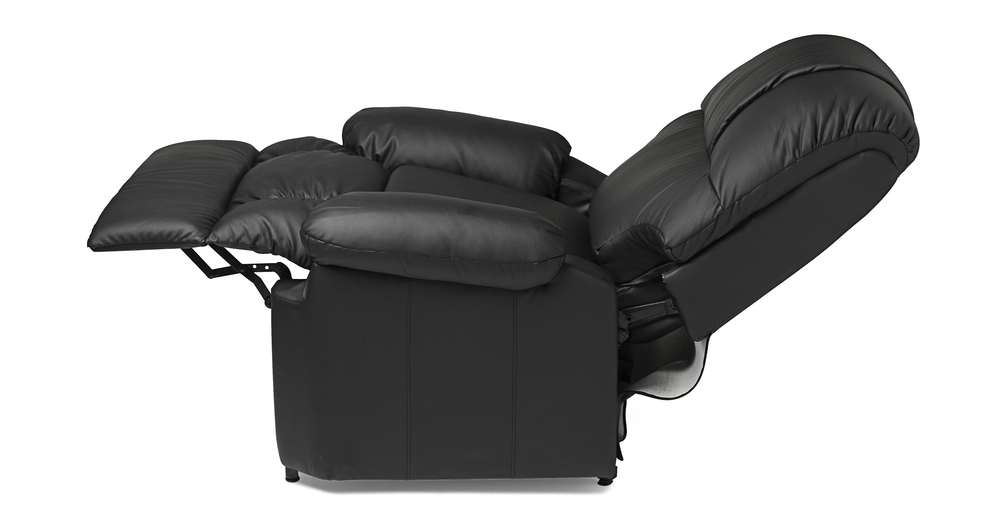As urban housing costs continue to rise and cities look for ways to accommodate growing populations, backyard apartments—also known as accessory dwelling units (ADUs)—have become a practical, flexible solution. Whether used for rental income, multigenerational living, or personal space, these compact homes are transforming the modern backyard in 2025.

What Is a Backyard Apartment?
A backyard apartment is a small, independent residential unit built on the same lot as a single-family home. It may take the form of a converted garage, a prefab studio, or a custom-built guest house. These units typically include a bathroom, a kitchen or kitchenette, and sleeping space.
Backyard apartments are legal in many cities, and regulations have been steadily relaxing to encourage their development due to housing shortages. These dwellings are used for:
- Rental income: Homeowners can earn monthly rent from tenants.
- Housing family: Perfect for aging parents, college students, or extended family.
- Remote work: Many professionals convert them into home offices or creative studios.
Backyard Apartments 2025: What’s New?
In 2025, the design, technology, and legislation surrounding backyard apartments have evolved rapidly. Smart home integrations, energy-efficient building practices, and modular construction have become standard features.
Trends defining backyard apartments this year include:
- Modular and prefab construction: Faster and cheaper to install with consistent quality.
- Off-grid options: Solar panels, composting toilets, and rainwater systems for sustainability.
- Flexible zoning laws: More municipalities are approving ADUs to combat the housing crisis.
For a detailed look at the types and costs of backyard guest houses—including prefab and converted models—visit House Beautiful’s guide.
The Average Cost of a Backyard Apartment in Columbus
Costs for backyard apartments vary depending on the city, building type, size, and local regulations. On average, homeowners can expect to spend between $100,000 and $250,000 for a fully functional, code-compliant unit.
Breakdown of typical costs:
- Design and permits: $8,000 – $20,000
- Construction (custom build): $120,000 – $250,000
- Prefab or modular units: $40,000 – $150,000
- Garage conversion: $50,000 – $100,000
For a closer view of the cost structure, particularly for prefab or backyard guest houses, check out this breakdown by Raleigh Realty. If you’re specifically interested in how much ADUs cost in 2025 based on national data, Angi's guide is an excellent resource.
Permitting and Zoning Considerations
Before building a backyard apartment, homeowners must navigate local zoning codes, which may regulate:
- Maximum square footage
- Height restrictions
- Setback requirements from property lines
- Owner occupancy mandates
- Rental regulations
In many states like California, Oregon, and Washington, laws have become more favorable. These reforms often eliminate requirements like off-street parking or lot size minimums, making ADUs easier and more affordable to build.
However, each city—including Columbus—may still have its unique rules. Consulting with a local architect or contractor experienced with ADU development is highly recommended before starting your project.
Backyard Apartment Deals and Financing Options
One of the biggest concerns for homeowners is how to afford the initial cost of a backyard apartment. Thankfully, several financing options are available in 2025:
- Home equity loans or HELOCs: Commonly used by homeowners with significant equity.
- Cash-out refinancing: Refinancing your mortgage and using the difference to fund your project.
- FHA 203(k) loans: Government-backed loans that cover renovation or ADU construction costs.
- Private lenders and ADU specialists: Some companies now offer ADU-specific financing products.
Deals can also be found on prefab units and bundled construction packages. For example, DIYers and remote workers are increasingly building backyard offices that double as rental studios. A detailed real-life cost breakdown of such a project is available at Kyle Lambert’s blog.
Backyard Apartments as Long-Term Investments
Though the upfront costs of a backyard apartment may seem steep, the long-term returns can be substantial. These units often pay for themselves within 7–10 years through rental income or property value appreciation.
Benefits of investing in a backyard apartment include:
- Steady rental income: Rents for backyard units often range between $1,200 to $2,500/month depending on location and amenities.
- Increase in property value: Many real estate agents note that homes with ADUs sell faster and at higher prices.
- Housing flexibility: Offers space for family, visitors, or even downsizing into the unit yourself while renting the main house.
In a high-demand housing market, backyard apartments provide a scalable solution to limited inventory and rising rental prices. As zoning reform continues, ADUs may become a common feature of urban and suburban neighborhoods alike.
Design Tips for Maximum Value
To ensure your backyard apartment is both functional and appealing to renters or guests, consider the following design strategies:
- Use vertical space: High ceilings and vertical storage make small areas feel bigger.
- Optimize natural light: Add large windows or skylights to make the space feel more open.
- Choose energy-efficient systems: LED lighting, insulation, and Energy Star appliances reduce utility bills.
- Privacy for both dwellings: Use fencing, landscaping, or separate entrances to give tenants privacy.
Adding personal style—like modern finishes or cozy outdoor patios—can boost appeal while making your ADU feel like a true home.
Conclusion: Is a Backyard Apartment Right for You?
If you're looking for ways to increase your property’s value, generate passive income, or create flexible living space, a backyard apartment is one of the smartest real estate moves you can make in 2025. With prefab solutions, updated laws, and more financing options than ever, backyard living isn’t just a trend—it’s a lasting solution to modern housing challenges.
Whether you're building from scratch, converting an existing structure, or browsing ready-made options, the key is to plan wisely, understand local regulations, and invest with long-term goals in mind. With the right strategy, your backyard can become the most profitable part of your home.




